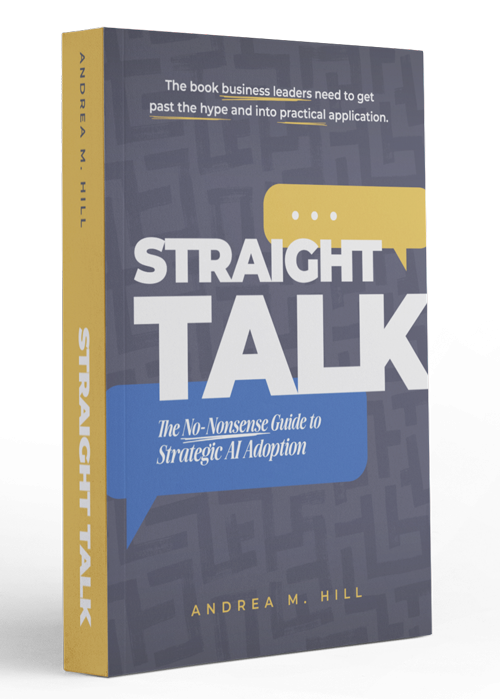What are Intent Signals?

Do you remember the last time you reached out to a prospect to sell them, and everything went as smooth as a mountain lake on a windless day? The prospect called you right back, wanted a meeting, listened closely to what you had to say, and purchased. It might have felt like good luck, but it was probably just good timing.
The prospect was probably working themself through the sales funnel without your knowledge. Twenty or 30 years ago this was much more difficult to do, as corporate information was harder to come by. Today, prospects can do an immense amount of research on their own, getting to the point where they are ready to engage in a sales conversation on their own terms. So the question is, can you figure out when a prospect is doing that work, and where they are in the sales funnel, so you can approach them at the right time?
The answer is yes! You can. If you are using the kind of technology that tracks behavior and allows you to monitor intent data, then you can use intent signals to improve your sales outreach and close more deals.
So what are intent signals? Any time a prospect engages with your social media (follows, likes, shares, comments), visits your website, clicks a link from an email, checks out your Google Business profile ...
There are a lot of different types of intent.
Psychographic Intent. This is information that helps a seller understand if a prospect is signalling that their interests, opinions, attitudes, beliefs, values, social status, current social stresses, or even personality are in alignment with what a brand has to offer. Psychograhic intent is malleable, so it's important to get alerts about psychographic intent quickly while the window for response or action is open!
Technographic Intent. This is information that helps a seller understand if a prospect is signalling the types of software or hardware used by a prospect, the vendors of the software or hardware the prospect is currently committed to, or any challenges the prospect may be having with their tech stack. Using technographic data you can identify opportunities to sell complementary products or services and predict what technology a company may need or want to add in the future.
Hiring Intent. When a company lists open positions they are conveying a lot of information not just about the types of talent they need but also about what they are focused on strategically and potentially what type of technology, products, or services they may be interested in related to that focus. Looking at past open positions can be similarly useful.
Research Intent. Research is one of the first things a prospect does at the top of the sales funnel. They may be researching a problem ("how do I fix ...?" or "what can I use to ..."), or they may be researching and comparing various solutions. Research intent as a sales signal may include identifying that multiple employees at a target account are searching for similar things, trending topics that employees at a target account are interested in, or which competitors employees at a target account are considering.
Bidstream Intent. We include this in our list because if you are researching intent data, you've likely heard of it. But we do not recommend using it! Bidstream data is device types, IP addresses, URL of the page the visitor was on when advertisers bid them with an ad to click, and keywords that were found on that page. The reason we do not recommend using bidstream data as intent data is that bidstream data doesn't provide clear signals, and there is ongoing litigation about whether or not bidstream data is even legal. Instead of using bidstream data for intent signals, we recommend using Research Intent data instead.
Engagement Intent. This is the intent data marketers are most familiar with. Engagement Intent signals are any interaction between your brand and a prospect, from website activity to social media to responding to ads to clicking links in emails.
Relationship Intent. Relationship Intent goes a few steps beyond Engagement Intent. Whereas Engagement Intent signals are about interactions, Relationship Intent signals are about the number of 2-way interactions (chats, meetings, calls, corporate email, marketing email) that take place between a brand and a prospect. The more responsive an account is ... considering the recency, frequency, and amount of elapsed time between communications (the shorter the better) ... the higher the Relationship Intent score will be.
Reference Intent. Any time a prospect links from your website or social presence to a reference site (G2, Google Business, etc.), they are signalling their interest in qualifying you as a potential partner. This is similar to research intent, but much more specific in that the prospect is looking for social proof.
Set yourself up with the correct systems and practices to monitor prospect intent, so you can prioritize your time, focus on the most likely prospects, and convert more sales.
Andrea Hill's
Latest Book
Straight Talk
The No-Nonsense Guide to Strategic AI Adoption

Where other books focus on prompts and tools, this book gives business leaders what they actually need: the frameworks and confidence to lead AI adoption responsibly, without having to become technologists themselves.
Also available at independent booksellers and public libraries.
Are You Ready to Do Better Marketing?
WerxMarketing is all about performance marketing. That means giving you the tools you need to connect with customers, enable your sales efforts, and turn leads into loyal customers. Ready to learn more about how we do that? Book a free consult and bring your questions. See if you like working with us on our dime, and get some good advice in the process.